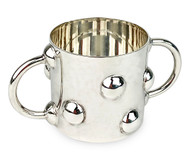BABY LOVE
Sep 9th 2020
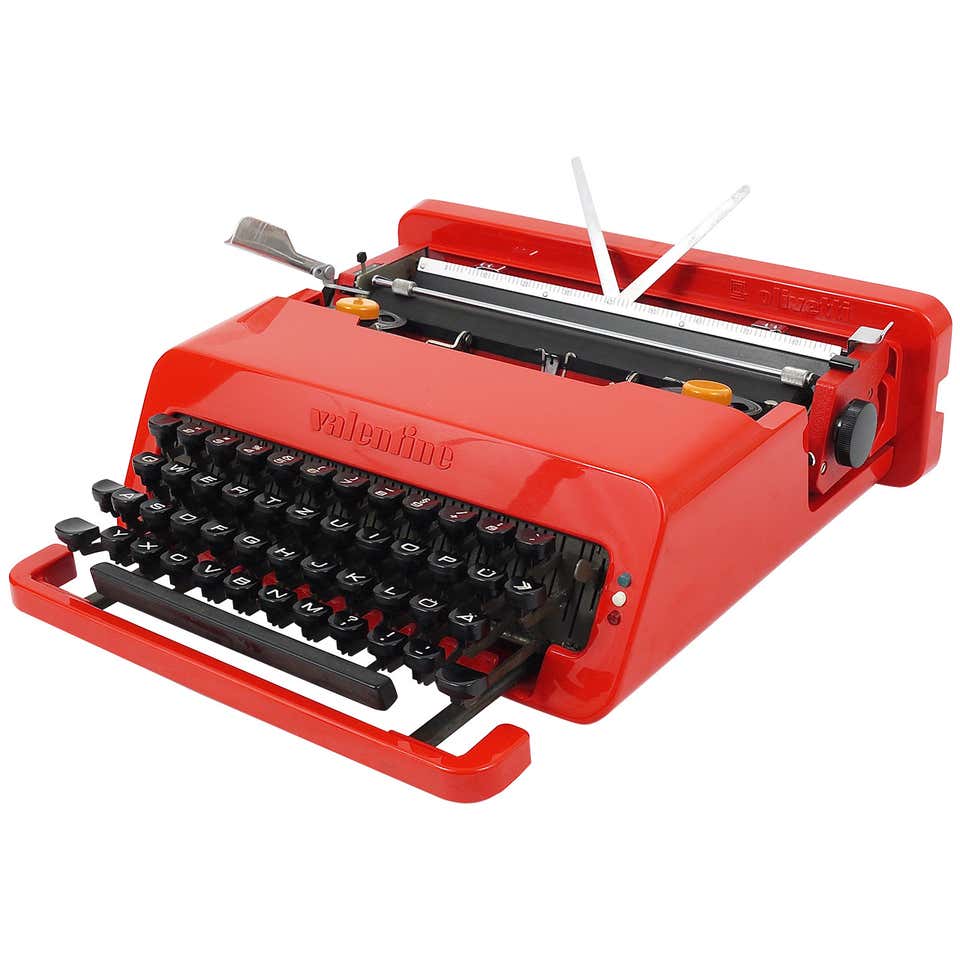
Ettore Sottsass (1917–2007) is most often associated with his iconic red Olivetti Valentine typewriter from the 1960s and founding the Postmodern Milan-based Memphis Group in the 1980s. He created a vast body of work including buildings and interiors, furniture, machines, ceramics, glass, jewelry, textiles and patterns.
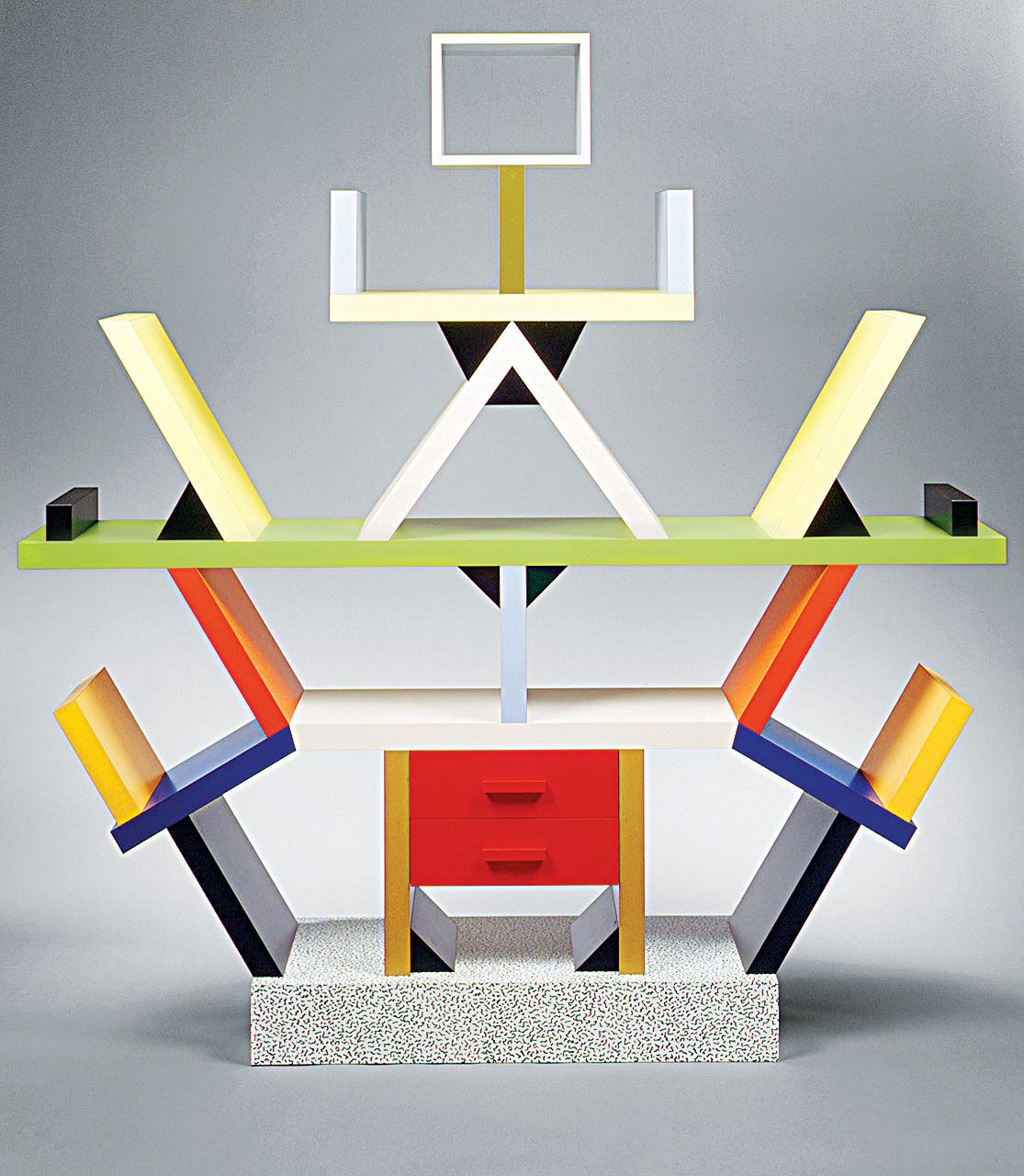
Sottsass and his then wife Fernando Pivano traveled to the New York in 1956 where he worked for George Nelson. In that same year, Irving Richards commissioned Sottsass’s foray into ceramics. So, Sottsass’s late 1980’s collaboration with Swid Powell marked only his third time designing for an American Company, three decades after the last.
Swid Powell was an American tableware company founded by in 1983 by Nan Swid and Addie Powell. At the time, the home accessories industry was moribund, relying heavily on traditional designs. Nan Swid said she wanted to create in her tableware “a portrait of her generation,” one that reflected America’s newfound appreciation for architecture, interior design, and the decorative arts. Swid Powell went on to commission china, crystal & silver from the world’s leading architects, artists, and designers including Richard Meier, Robert AM Stern, Michael Graves and Ettore Sottsass among many others.
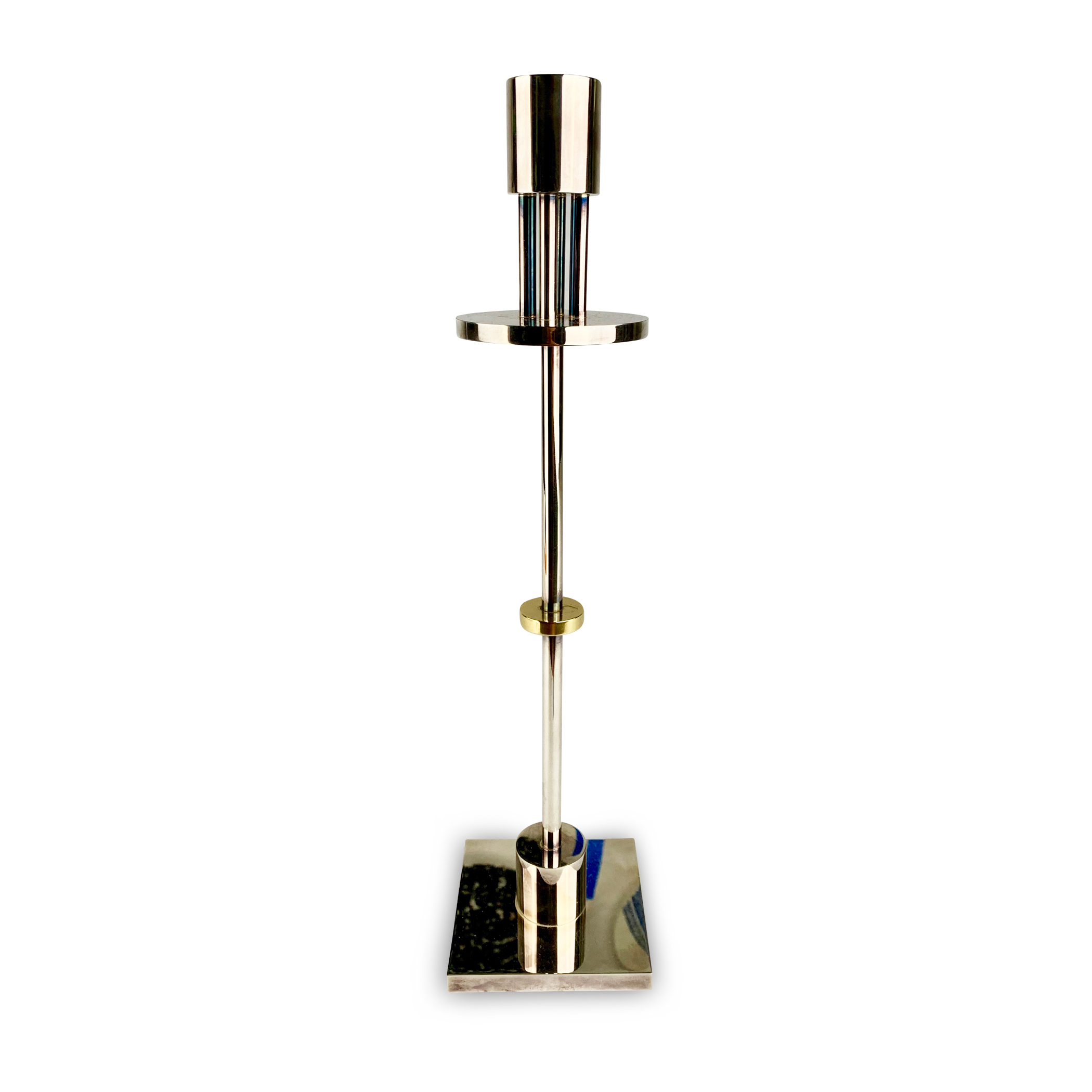
The pieces Sottsass designed for Swid Powell were in his mind Americanized versions of the work he had been doing with Memphis and his own Sottsass Associati. His candlesticks were possibly the most “Memphis” – he employed the same figural motifs explored in his furniture for Memphis. In other designs he looked to decorative elements of the past and his own personal experience. Sottsass’s Medici china exploded Renaissance floral decoration and reassembled them to create an original pattern.

The baby cup Sottsass designed for Swid Powell with its pattern of raised dots and double handle seems to reference both his furniture for Memphis and his ceramics. It is at once playful and elegant.
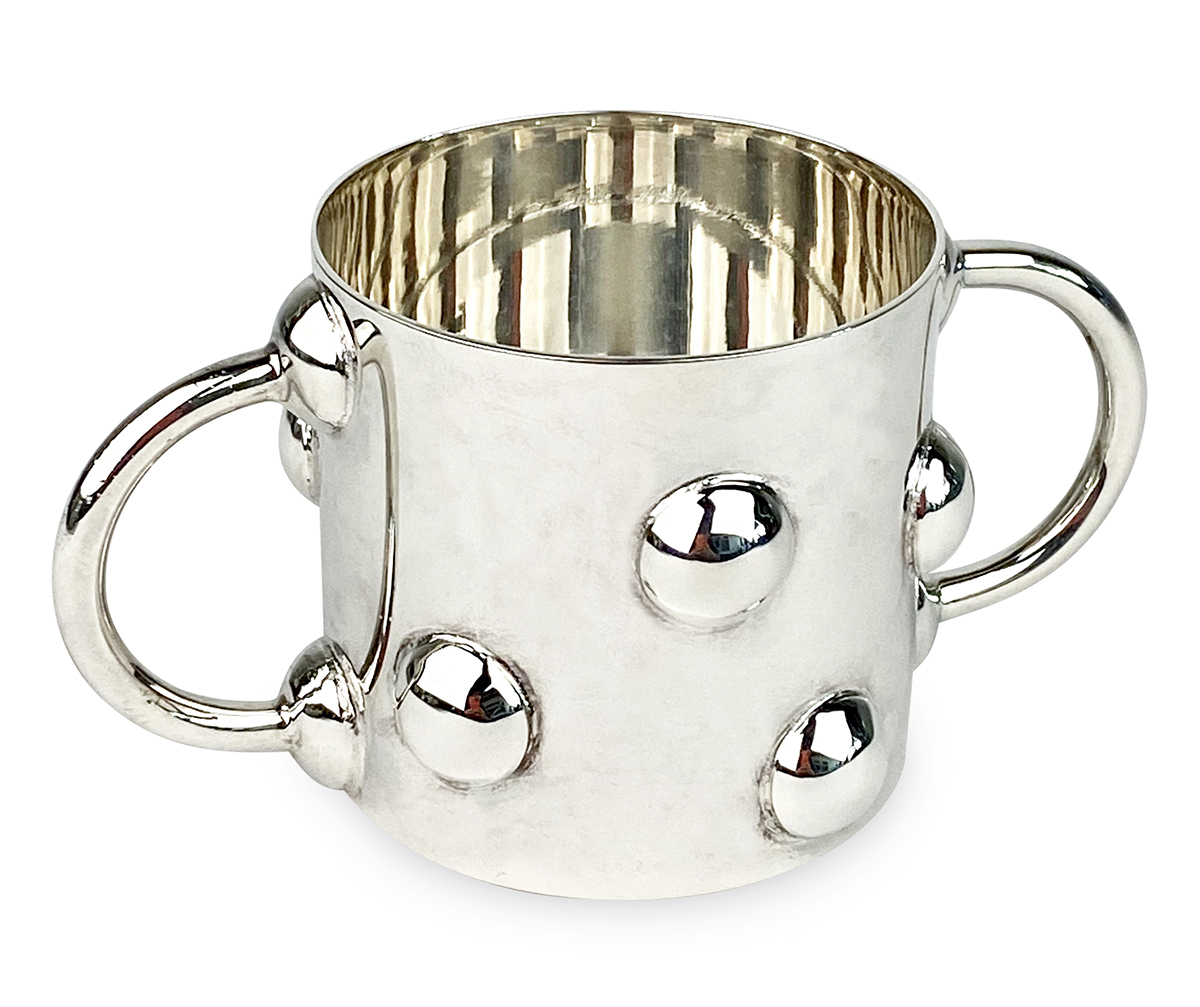
Ettore Sottsass Baby Cup | Swid Powell | Silver plate over brass | Argentina | 1989 | 2.25” H x 4.5” W x 2.25” D| $450
